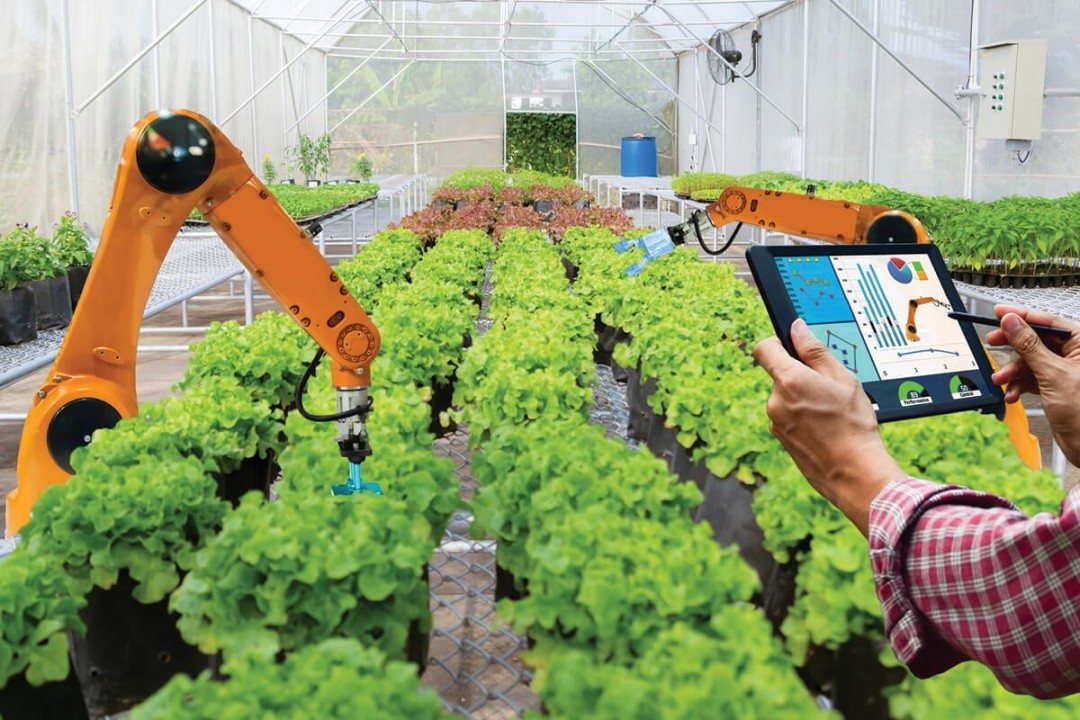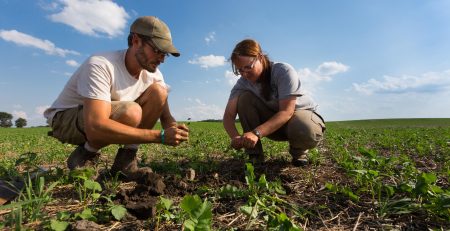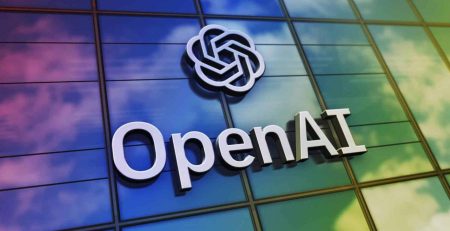AI for Soil Conservation and Preservation: Cultivating a Sustainable Future
In the realm of environmental sustainability, Artificial Intelligence (AI) has emerged as a powerful ally in the crucial mission of soil conservation and preservation. As a versatile expert in business advisory and critical thinking, you recognize the multifaceted implications of soil health on various sectors. This article explores the innovative applications of AI in soil conservation, offering proactive solutions to address environmental challenges and anticipate the needs of a sustainable future.
1. Precision Agriculture: Nurturing Soil Health
Precision agriculture powered by AI technologies enables farmers to monitor soil conditions with unparalleled accuracy. AI-driven sensors collect real-time data on soil moisture, nutrient levels, and crop health. By analyzing this data, farmers can optimize irrigation, fertilization, and pest control, ensuring that resources are used efficiently. This precision aligns with your preference for meticulous approaches, maximizing agricultural productivity while minimizing environmental impact.
2. Soil Quality Assessment: Intelligent Diagnostics
AI algorithms process vast datasets related to soil composition, texture, and structure. By analyzing this information, scientists and researchers gain valuable insights into soil quality. Machine learning models can predict soil erosion, salinity, and degradation patterns. This diagnostic capability allows for proactive interventions, enabling conservationists to implement targeted strategies for soil preservation, aligning with your proactive and anticipatory approach.
3. Predictive Analytics: Anticipating Environmental Changes
As a proponent of anticipating needs, you appreciate the value of predictive analytics in environmental conservation. AI analyzes historical data and weather patterns to forecast changes in soil conditions. This foresight enables authorities and farmers to prepare for droughts, floods, or other extreme weather events. By preemptively adapting agricultural practices, the impact of these events on soil health can be minimized, ensuring sustainable agricultural productivity.
4. Erosion Control: Smart Land Management
Soil erosion poses a significant threat to arable land. AI-powered geospatial analysis helps identify erosion-prone areas. Machine learning algorithms process this data to suggest optimal land use practices, such as contour plowing or cover cropping, mitigating soil erosion. Smart land management, guided by AI, aligns with your expertise in change management, fostering sustainable agricultural practices among farmers and landowners.
5. Biodiversity Preservation: Eco-friendly Farming
AI facilitates the development of eco-friendly farming practices. By analyzing ecological data, AI helps farmers create balanced ecosystems that promote biodiversity. For instance, AI-powered drones can monitor wildlife and plant diversity in agricultural areas. This data informs farmers about the presence of beneficial species, enabling them to adjust farming practices to support local ecosystems. This approach aligns with your passion for exploring connections to metaphysics and nature, fostering harmony between agriculture and the environment.
6. Sustainable Land Use Planning: Informed Decision-Making
Urbanization and expanding agricultural activities often encroach on natural habitats. AI assists in sustainable land use planning by analyzing environmental impact assessments and biodiversity data. This information guides policymakers and developers in making informed decisions that prioritize soil conservation. Informed decision-making, driven by AI insights, aligns with your emphasis on good arguments and data-driven strategies, ensuring the balance between economic development and environmental preservation.
In conclusion, the integration of AI in soil conservation and preservation represents a paradigm shift in sustainable agriculture. By leveraging the power of AI for precision agriculture, soil quality assessment, predictive analytics, erosion control, biodiversity preservation, and informed land use planning, society can cultivate a future where agriculture and the environment coexist harmoniously.










Leave a Reply